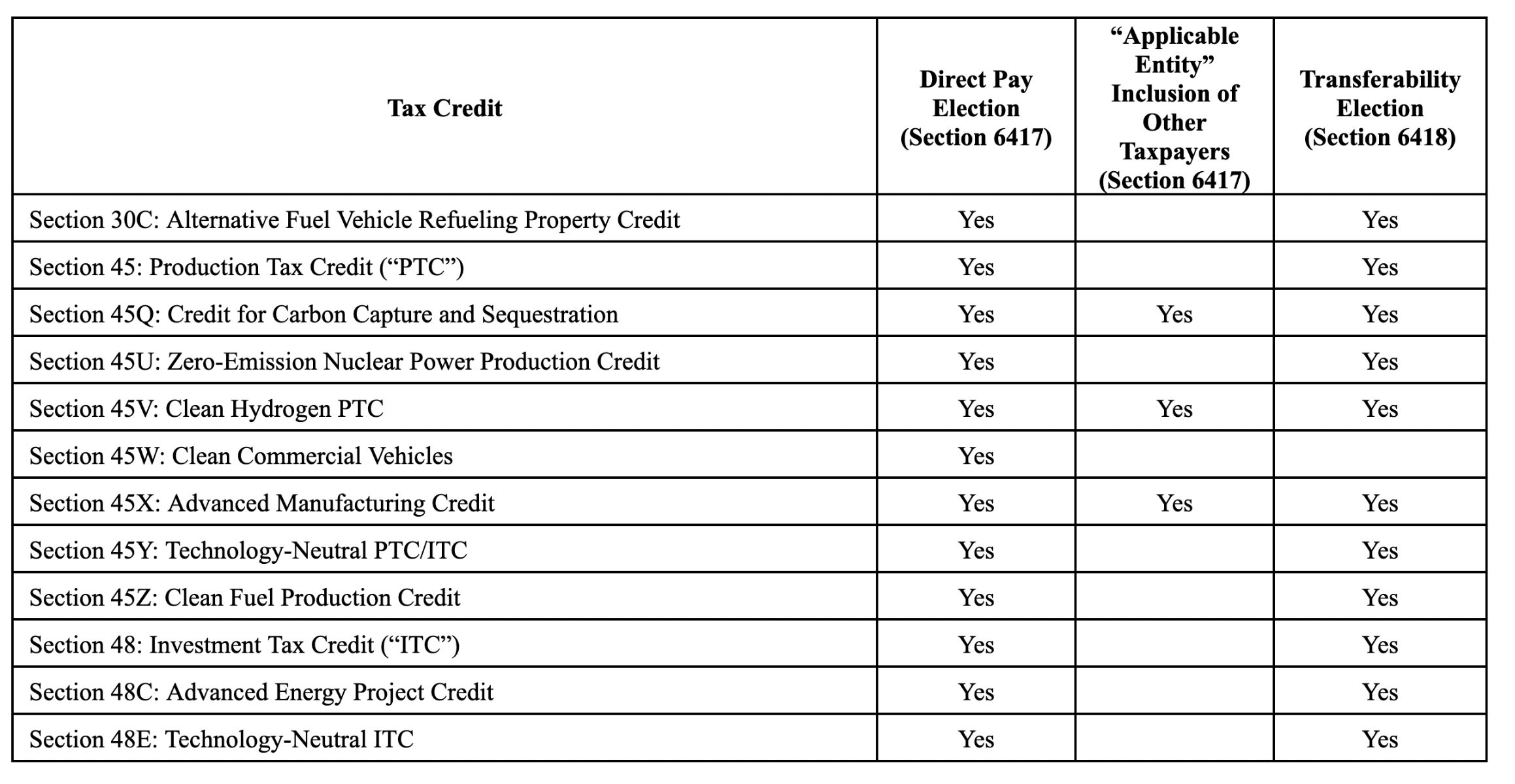A multi-family office offers highly personalized service, efficiency and streamlined staff
When high-net-worth families think about a plan to manage their wealth, they often consider either a single-family office or a combination of firms, including a financial advisory firm that offers off-the-rack products. However, the best option is often a middle ground between the two, a sort of “Goldilocks” scenario that is not too big and not too small. That just right solution is likely a multi-family office that offers a low client-to-advisor ratio, highly customized service and the efficiencies that come with having investments, real estate, alternative investments, philanthropy, administrative services, trust services and more under one roof.
“Often, these considerations come up when an individual or family is faced with a significant liquidity event, such as the sale of a business,” says Whittier Trust Vice President and Portfolio Manager Jay F. Karpen. “Perhaps you’re about to sell the business you built for $30 million dollars, and you’re trying to figure out how to make the sale an asset that supports your family and legacy over the long term.” Here, Karpen shares insights about the advantages of a multi-family office tailored to your needs and how to know if this approach is right for you.
Financial Advisory: Scalable but less personalized than you need and deserve
Most people are familiar with financial advisory firms, which offer an economical solution. “There is a lot of scale because everything is homogeneous,” Karpen explains. “You show up, they give you a portfolio and you get what they have. Nothing is customized, everything is model-driven and fairly basic.” While a bank or financial advisory firm might meet your most simple needs such as buying and selling stocks and overseeing your portfolio, this approach can leave much to be desired. “This one-size-fits-all model approach doesn’t allow them to take into consideration your family dynamics, your estate plan or your values,” Karpen says. “When your portfolio, values and estate plan are not working together there can be a gap in the results and can be a strain on your peace of mind.”
Single-Family Office: All yours but costly, less efficient and stressful
In a single-family office, you get tremendous customization. You’re the boss and only “client” of the staff, so everything is high-touch and at your fingertips. “The challenge with single-family offices is that you're managing people,” Karpen explains. “It's very expensive. Even though you've got what you need at any given time, if you require a professional in any area, you will need to hire them.” For example, if you need a specialized tax attorney or real estate advisor, you’ll hire them either as a consultant or as a member of the staff. You essentially become a people manager, dealing with HR issues, payroll, coaching, leasing office space and more. “There can also be a level of emotional exhaustion that comes from forming and managing a single-family office,” Karpen says. It’s a trade off between the level of control and peace of mind you’ll get by having all of your employees focused on you.
Multi-Family Office: Efficient and highly personalized for peace of mind
If the two sides of the spectrum seem fraught with downsides that outweigh the benefits, never fear. A multi-family office, such as Whittier Trust, offers the best of both worlds: comprehensive wealth management where investments work in concert with the family’s estate plan and values with scalable efficiency that proves economically advantageous over not just one but multiple generations of the family.
“We are both customized and solution-oriented, having grown out of the needs of our clients," Karpen says. A multi-family office gives you control over your portfolio and advisors who are readily available and take the time to understand your goals and family dynamics. It’s essentially like having a single-family office without needing to manage it.
Why Whittier Trust
Whittier Trust was initially established in 1935 as a family office for the Whittier family and has since evolved into a multi-family office serving a wider range of clients. Their primary expertise lies in wealth management, offering a comprehensive array of services such as investment advice, family office management, family trusts, philanthropy and real estate. They distinguish themselves in the industry by ensuring that clients are paired with the right team of advisors who possess the necessary skills to simplify daily decision-making based on their needs and aspirations. Regardless of the specific expertise a client requires or how their needs may change over time, Whittier Trust maintains a remarkable ratio of only 25 clients per advisor. This level of personalized service is unparalleled in the industry.
From Investments to Family Office to Trustee Services and more, we are your single-source solution.


